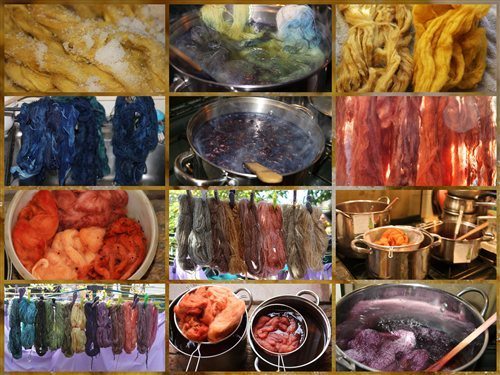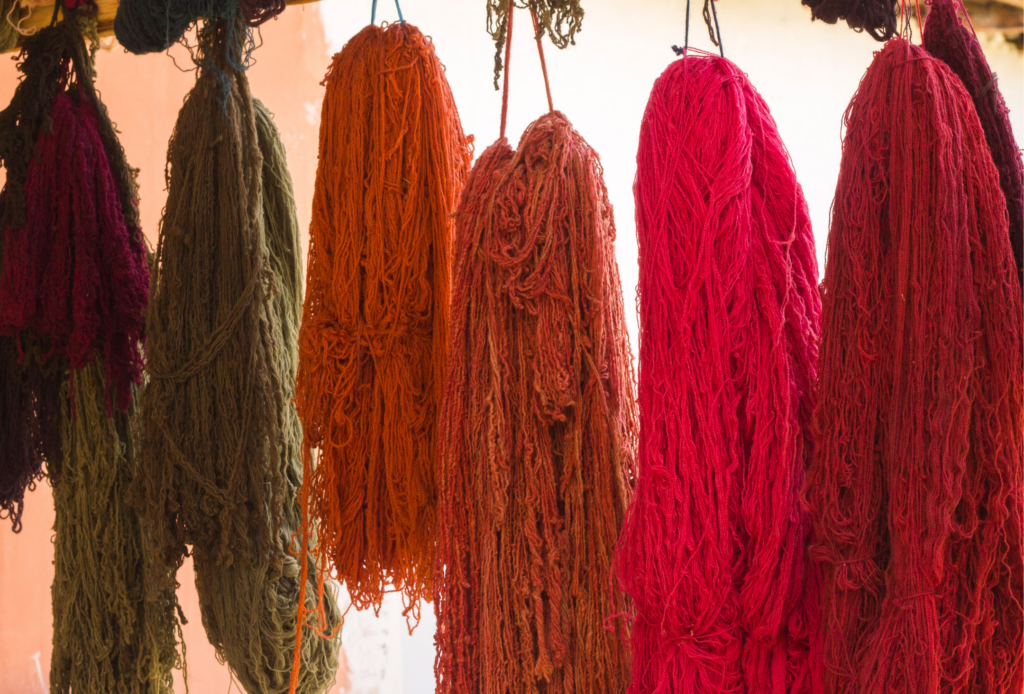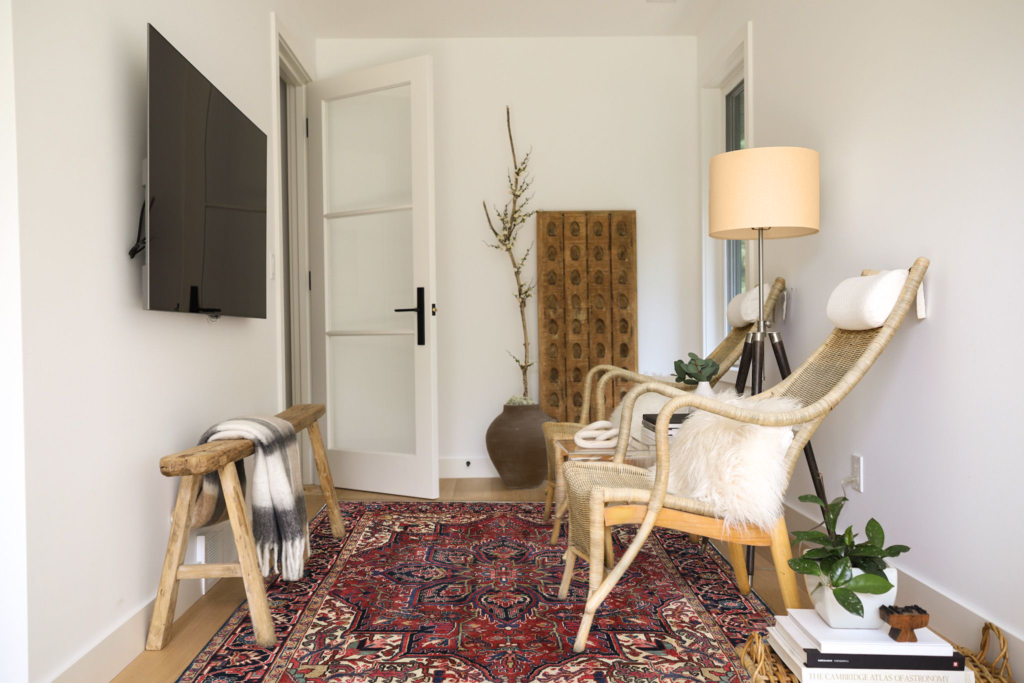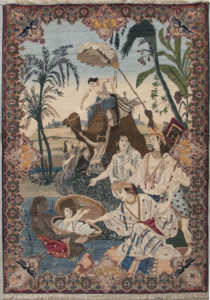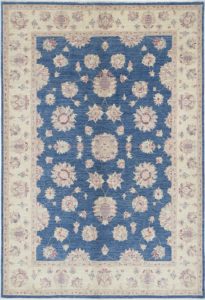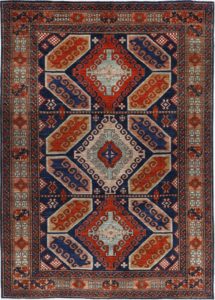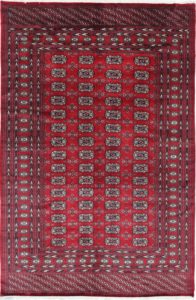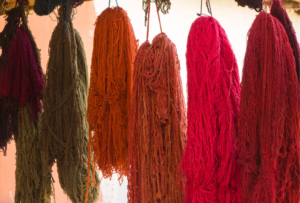When most people think of Persian rugs, they think of rich, saturated colors. Reds, oranges, and yellows are commonly used in these rugs, creating beautiful and eye-catching designs.
While these colors are certainly popular in Persian rugs, there is much more to the colors than their bright hues. In fact, each color has its own story to tell with its unique history.
Today, we’re going to take a look at some of the most common colors found in Wool Persian rugs, and how and why these colors are chosen.
Table of Contents
The Creation of Different Rug Colors
Natural Dyes and Vegetable Dyes in Persian Rugs
Persian rugs are known for their detailed designs and beautiful colors. The rich hues of these hand-woven textiles are created using a variety of natural dyes, including plants, insects, and minerals.
The natural dyes are what produce the traditional colors that rug enthusiasts love. Because it is a natural process, the colors are difficult to reproduce and require lots of practice and expertise to achieve consistent results. Because of the nature of natural materials and variation in vegetation, it is not uncommon to see the variation in the color of a rug.
Dying Process
To extract the dye, the chosen material is soaked in water and then boiled. The wool is then added into the resulting solution. A wooden paddle is used to push the wool through the solution to thoroughly mix it into the batch of dye. Mixing the wool into the dye helps to ensure the dye is applied to the wool evenly. Once the dye has been applied, the fibers are placed in the sun to dry. This process is repeated until the desired color is achieved.
Once the fibers have dried completely, the yarn is brushed thoroughly to remove any tangles and knots. Once that is complete, the yarn is ready to be woven into a Persian rug.
The painstaking work that goes into each element of a Persian rug is what makes them so special and ensures that each one is a work of art.
Types of Dyes
Natural dyes used in Oriental rugs are also known as vegetal dyes. The natural variations in these dyes come from insects, minerals, and different parts of plants such as roots, stems, leaves, flowers, and fruits.
Here are some of the most common natural materials used to create the most popular colors of Persian rugs.
Red
- Madder for a warm red
- Cochineal from various species of scale insects for a cooler red
Yellow
- Saffron Crocus Stamens
- Pomegranate Rind
- Safflower
- Turmeric
- Onion Skin
- Rhubarb
- Dyers Weed
- Larkspur
- Chamomile
- Salvia
Blue
- Indigo
- Knotweed
- Azurite
- Lapis Lazuli
Brown
- Natural Brown Wool
- Oak Husks
- Walnut Husks – Using walnut husk creates a tannic acid which is corrosive and can cause fibers to become brittle and wear more quickly. It can create an etched appearance that creates a stylistic element within certain rugs.
Green
- A mix of Indigo with a yellow dye
Orange
- Henna
- A mix of red and yellow dyes
- Weakened madder dye
Violets
- A mix of red and indigo
- Murex sea snail
Black
- Acacia Resin
- Tea
- Ocher
- Manganese
- A mix of tannic dyes, such as oak acorn husks or pomegranate tree gals with iron salts
Color Symbolism
The designs may appear to be nothing more than a beautiful combination of shapes and hues to an untrained eye. However, the colors of a Persian rug are often used as symbols to tell a story.
In some cases, the meaning of a color is specific to the region where the rug was made. For example, in Persian culture, blue is often associated with heaven, while red symbolizes strength and power. In other cases, symbolism can be more universal. For example, white often represents purity and yellow typically signifies joy and happiness.
In addition to being used as symbols, the colors in Persian rugs can also be used to create a sense of balance and harmony within the rug designs. When designing a rug, Persian weavers take care to create a color scheme that is pleasing to the eye. By carefully selecting colors, they can create works of art that are as beautiful as they are meaningful.
By understanding the meaning of the colors used in a Persian rug, we can gain a greater appreciation for the story it has to tell. The weavers of the rug carefully select the color of the rugs to create complex narratives that can be enjoyed for generations.
Common Color Symbolism
Red
Red is often used to show deep emotions or passion. It is an energetic color that is often found in Persian rugs. It is often considered a symbol of luck, and red carpets have a strong positive vibe.
Blue
Blue is associated with inner peace and tranquility. The symbolic representation of trust makes blue a prominent color to testify afterlife whereas a sophisticated sapphire blue can symbolize power and hope.
Yellow and Gold
In ancient Persian culture, yellow and gold have always been linked to radiance and opulence. It can express wealth, prestige, and power. Golden and yellow Persian rugs are viewed as symbols of royalty and prominence.
White and Beige
Matching Colors to your Space
Choosing the right rug for your space can be a challenge, but it is a great way to add color and style to your home. Here are a few tips for matching rug colors to your home:
First take into account your overall color scheme. If you have lots of neutral tones, you may want to add a pop of color to your rug. On the other hand, if your home is already very colorful, you may want to choose a more subtle rug color.
Second, think about the feel of the room. A brightly colored rug can add energy to a space, while a more muted rug can create a calming effect.
Thirdly, consider your personal style. A bold patterned and colored rug can make a statement while a solid-colored rug can be more versatile. Ultimately, the best way to find the perfect rug is to go with one that you love.
